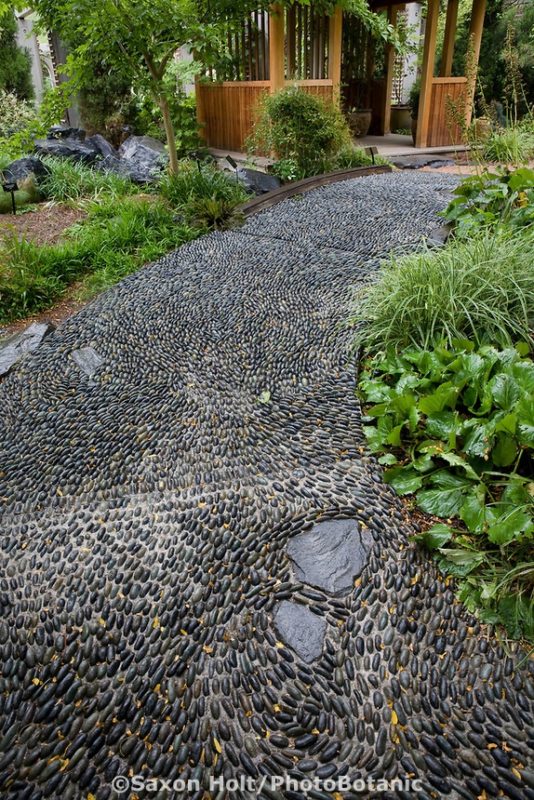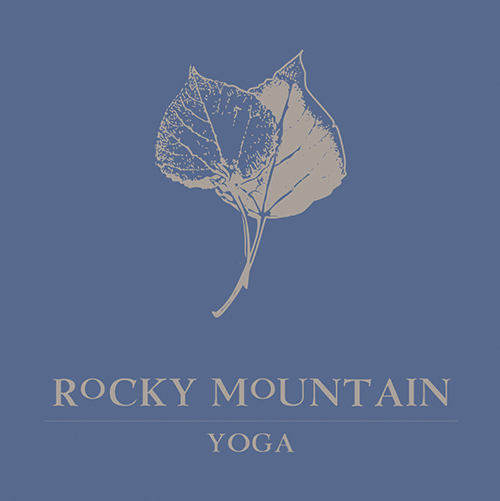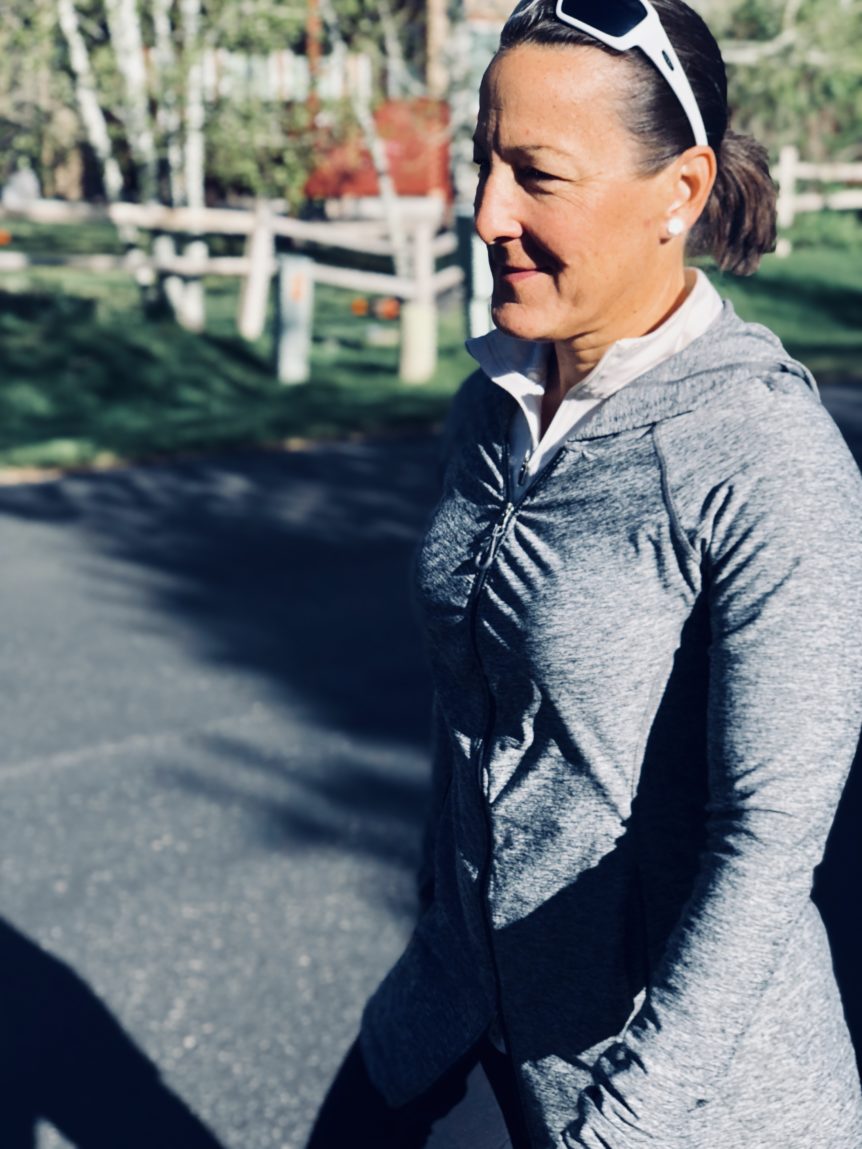I am a voracious reader and listener of anything having to do with movement. Whether from Biomechanist, Katy Bowman, who writes about “nutritious movement”; pioneering researcher in the physiology of mobility and author of Designed to Move, Dr. Joan Vernikos or Rolfer and Feldenkrais practitioner Todd Hargrove who shares his ideas on fundamental movement patterns like crawling, reaching, rolling and breathing. The human body was made for large, whole body movements, not being confined to a desk, table, chair or car seat.
Designed to Move
On average, humans live twenty-five years longer than we did a hundred years ago with our average lifespan now at 82. But, we are not living healthier according to Vernikos. What has changed during this period? Our lifestyle. Prolonged, interrupted sitting. Think about how our ancestors lived and the type of movement they engaged in as their lives revolved around survival – walking long distances to find sources of food; hunting, gathering and preparing the food; running from predators; hiding from predators; constructing shelters; building their dwelling and toolmaking. To sit, they did so cross-legged on the ground. I once suggested to one of my students that she practice getting up and down off the floor which can be an excellent way to re-condition the body. Early humans and many living outside the US today also squat or kneel. For most of our history chairs were reserved for the elite.
Vernikos is a former Director of NASA’s Life Sciences Division. In her book Designed to Move, she explains the unsuspected medical connections between the health hazards of astronauts living in near-zero gravity and the chronic diseases that accompany aging. Some obvious consequences of both gravity deprivation and aging include reduced endurance, weaker muscles and bones, impaired balance and coordination, back pain, poor sleep, disturbed blood pressure regulation, and reduced immune defenses. In the case of excessive sedentariness, which happens especially as one ages – just think of the assisted living facilities in which residents are not encouraged to get out of their wheel chairs unassisted for risk of falling – you are not making adequate use of gravity. Thus, these conditions and more are accelerated. Her conclusion: excessive sedentariness accelerates the aging process.
Where Yoga Fits In
This got me thinking about the physical aspects of Yoga. As we work with all the directional movements of the spine – forward bending, back bending, lateral bending, axial extension and twisting, we are constantly changing our relationship to gravity, challenging our structure in a myriad of different ways. This is one of the reasons why I am not a proponent of Yoga styles that move through the same sequence of postures over and over. It can result in repetitive stress injuries and does not allow for a more functional approach. A functional approach, which is what Yoga Therapy is (verus form based approach), adapts the posture depending on what’s going on with the student. For example, in a Yoga Therapy session recently I asked my client to widen her knees while doing a particular posture intended to stretch the muscles of her back. Wide knees would allow more room for her belly which was uncomfortably distended from an autoimmune condition. She commented on how this knee position not only felt better for her belly but it also felt better on her knees.
Where does walking fit in? Outside of a daily Yoga practice, created functionally in a way that is inspiring and fits as seamlessly as possible into my students’ lives, walking is one of the most common suggestions I make. I do so for a multitude of reasons, one of which is my own transition from being a gym rate to being outside, putting one foot in front of the other. A handful of other beneficial reasons I list below.
Walk Outside and on Varied Terrain
- Engage with healing qualities of nature. Read more in my March blog.
- Engage with your community. I recently listened to a podcast about a guy who started making sandwiches and giving them to those in need he met on the streets during his walks, which amount to about 60 miles a week!
- Counter the narrow field of vision your computer promotes by looking toward the horizon which conditions the muscles of the eyes and stimulates the brain, helping you to literally take in a broader perspective.
- Breathe fresh air – not only into your lungs – your skin is “breathing”, too
- Avoid what Bowman calls treadmill walking: “junk food walking.” This is because the belt of a treadmill reverses your natural gait which reverses the reciprocal action of your arm swing, your head stays still relative to the environment (looking at a TV) and there’s no variability thus no cerebral stimulation from what you are sensing in your body. Without texture/terrain changes nor are you better conditioning your entire structure. Replacing exercise with natural movement is like replacing processed foods with whole foods.
- Get some Vitamin D
- Reduce risk of injury that increases with running
- Find more joy and gratitude
And so, any questions on where to start? I have a few final suggestions before you start walking. I was given a hand me down FitBit at Christmastime and thought I would use it as an experiment. Lo and behold, even as disciplined as I am with my movement, I did not expect it to provide the motivation it has! If I see I’ve only walked 3 miles in a day with a goal of walking at least five, by golly, I’ll keep walking. I also encourage you to change things up. If walking 5 miles is your goal, try doing so 5 miles at a time, walking a few times a day for 1.67 miles each time or twice a day for 2.5 miles each time. Get the drift? And use hills, flats, rocks, downed tree logs – once I even took off my shoes and socks and walked on the raised pebbles at Denver’s Botanic Gardens. It wasn’t quite the massage I thought it would be…


